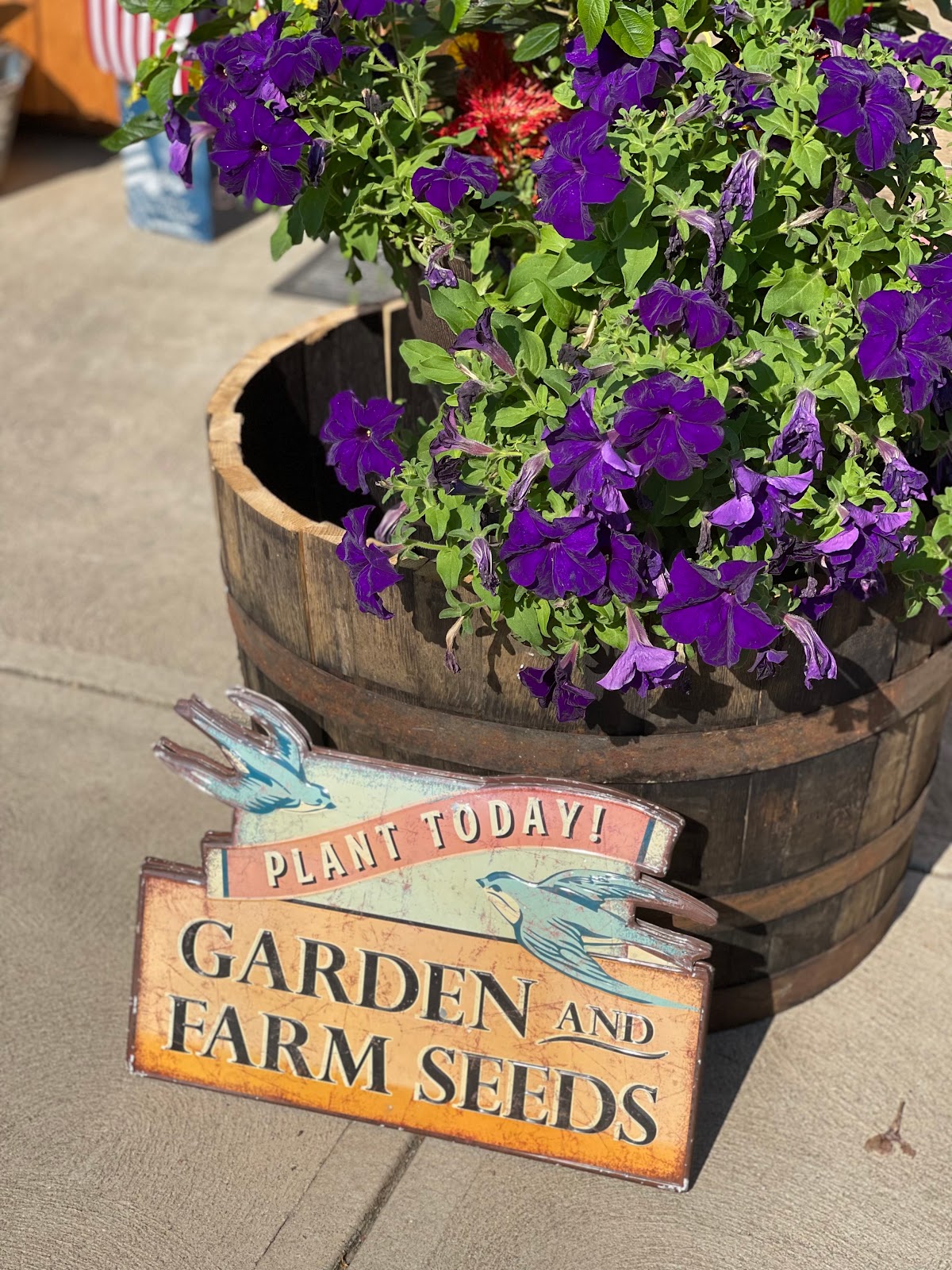Farm Equipment Maintenance 101: Ensuring Longevity and Efficiency in Agricultural Endeavors
At Elzy Milling & Trade, we understand the importance of high-quality farming tools and equipment in the day-to-day operations of farmers. However, their performance and longevity go beyond the purchasing stage and lie in the hands of the end-users. In this article, we present a comprehensive guide on the maintenance of farm tools and equipment, ensuring that your investments remain productive for years to come.
The Importance of Regular Maintenance
Farm equipment, both big and small, requires routine maintenance checks. Proper maintenance of farm tools and equipment not only significantly increase their lifespan but also ensures better safety, higher efficiency, and saves a farmer's time and money in the long run.
Key Steps in Maintaining Farm Equipment
To help farmers make the most of their tools and equipment, we have compiled the following key steps:
1. Clean Your Equipment Thoroughly
Farm tools and equipment often accumulate dirt, mud, and crop residue. Regularly cleaning them helps prevent rust, corrosion, and blockages that can hamper their functionality.
- Clean all surfaces of your farm tools using a brush or cloth.
- Use a pressure washer for heavy equipment or larger tools, like tractors or harvesters.
2. Lubricate and Grease Moving Parts
Regular lubrication of farm equipment is crucial for smooth operation. Moving parts that aren't sufficiently lubricated can experience increased friction, leading to excessive wear and possible failure.
- Apply grease to any moving parts to improve operational efficiency and reduce wear.
- Consult the owner's manual to determine the appropriate lubricant for your tools, and follow the manufacturer's recommended lubrication schedule.
3. Inspect and Replace Worn Parts
Regular inspection of farm tools and equipment is necessary to identify worn or damaged parts that may need replacement or repair.
- Check for any visible signs of wear, cracks, or damage.
- Replace or repair any worn or damaged parts in a timely manner to prevent more severe issues.
4. Keep Cutting Tools Sharp
Sharp cutting tools, such as plows, blades, and shears, are not only more efficient but also help prevent additional wear and tear on equipment. Regularly check and sharpen your cutting tools.
- Use appropriate sharpening techniques and tools to maintain optimal efficiency.
- Replace cutting tools that become too worn to sharpen.
5. Store Tools and Equipment Properly
Proper storage is critical for the longevity and maintenance of farm tools and equipment:
- Always store tools and equipment in a dry, protected space to avoid rust and corrosion.
- Ensure heavier equipment, like tractors, are parked on a solid, well-drained surface.
6. Keep Accurate Maintenance Records
Having accurate records of maintenance performed on tools and equipment is key to their long-term functionality. A maintenance log helps you track:
- Previous inspections and repairs
- Dates of part replacements
- Fuel consumption or oil changes
- Upcoming maintenance needs
__
In conclusion, proper maintenance of farm tools and equipment is critical for any agricultural enterprise. Adopting these maintenance steps will ensure your equipment remains in peak condition, enhancing safety and efficiency while minimizing costs. As a partner in your agricultural journey, Elzy Milling & Trade remains committed to providing not only exceptional farm tools and equipment, but also invaluable knowledge and resources to help you succeed in your farming endeavors.




Comments
Post a Comment